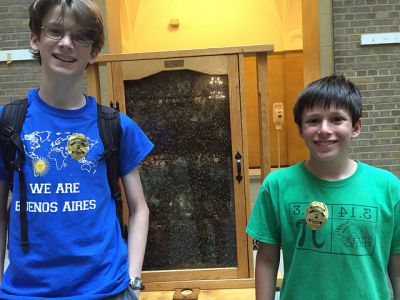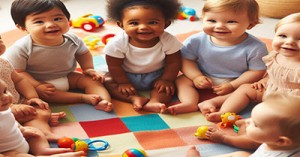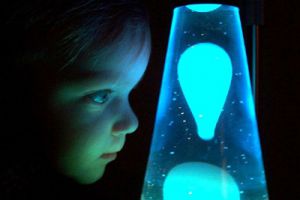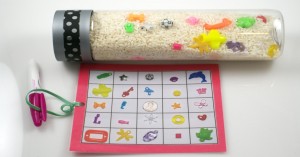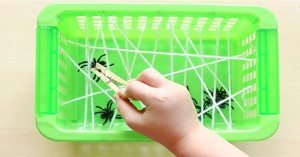Children become familiar with one another's likes, dislikes, similarities and differences.
Materials Needed:
- a large group of children
What to do:
- Draw a line with chalk or otherwise mark out a line down the centre of your space. All the children start by standing on the line.
- Now call out opposites and point in one direction for each. Children make their choice and run to the correct side of the line.
Examples might be:
- Cats or dogs?
- Rabbits or mice?
- Blue or pink?
- Football or rugby?
- Country or town?
- Hot dogs or hamburgers?
- Cereal or toast?
- Maths or English?
- Tinkerbell or Peter Pan?
Try to think up some opposites that will get all the children on one side of the line!
Hints and Tips:
- If you are playing indoors and you want the kids to get a little more exercise, you can also ask children to sit down once they have decided.
- Why not let some older children run the game, and give them a clipboard to predict and then record how many children choose each side?
- Record the results.


